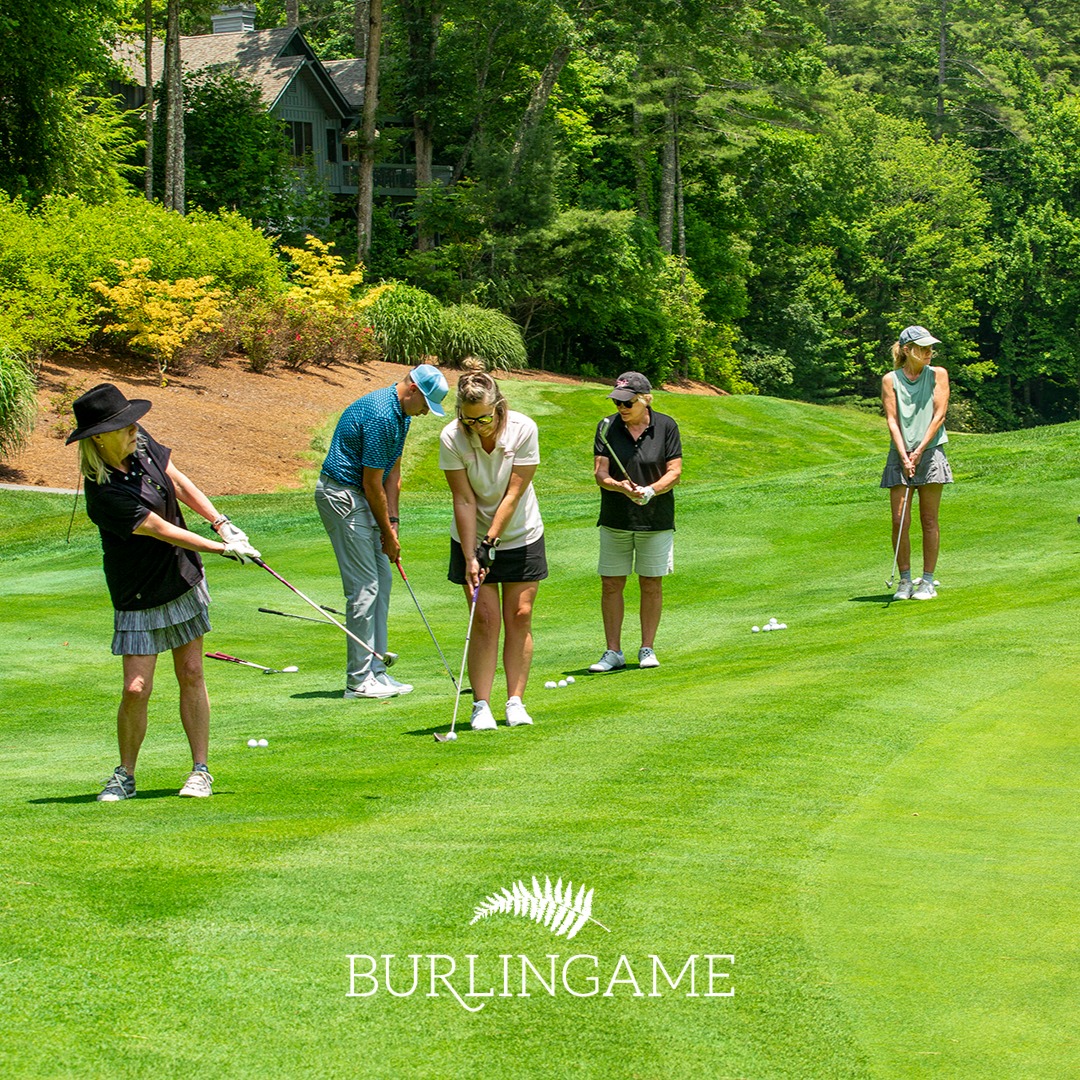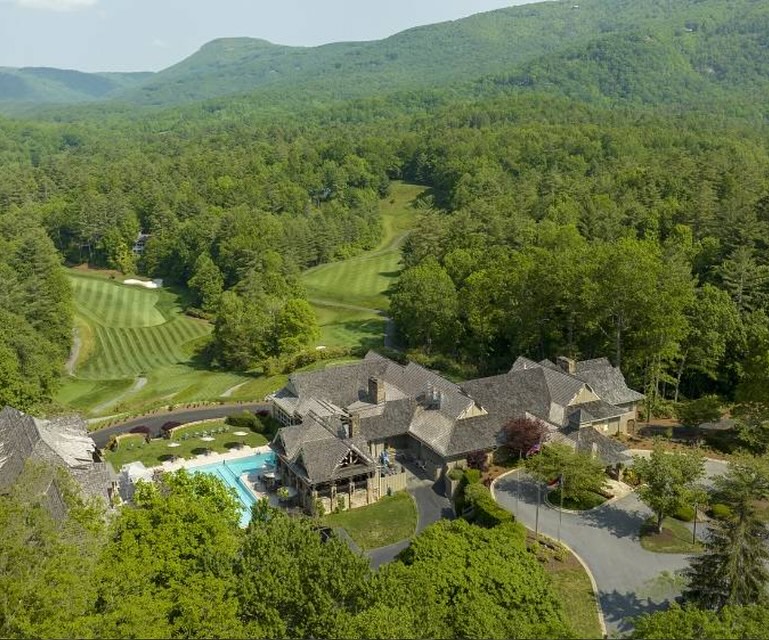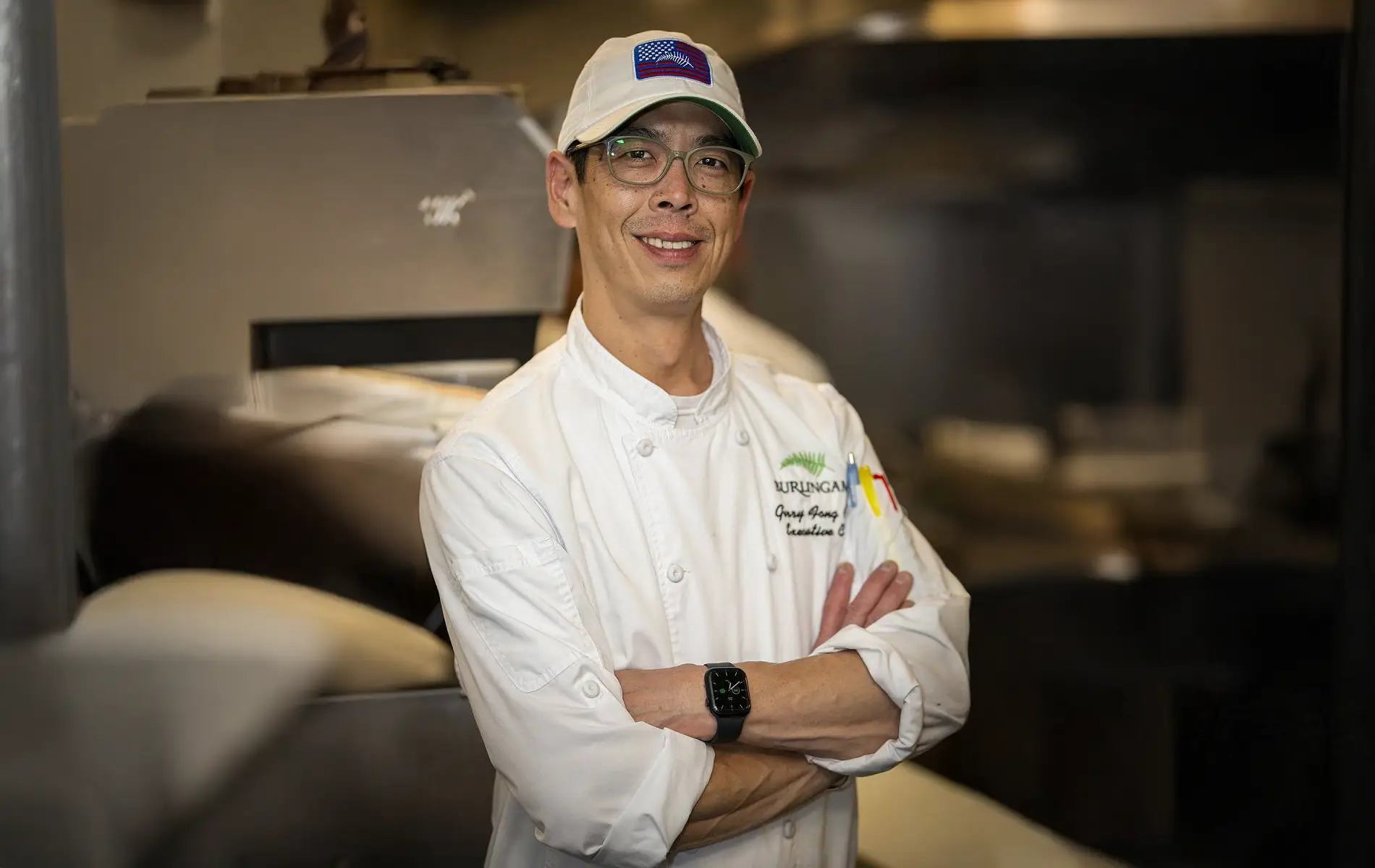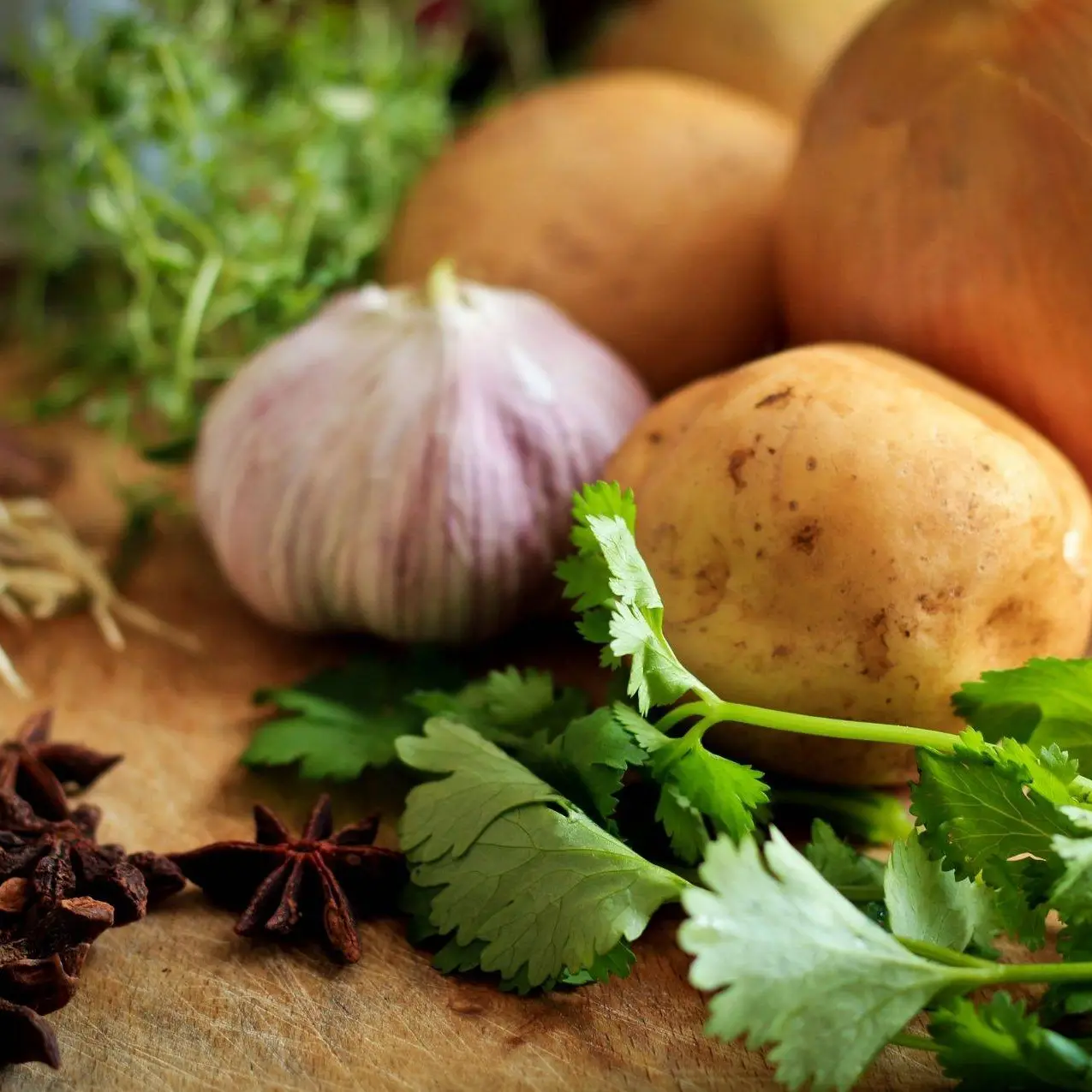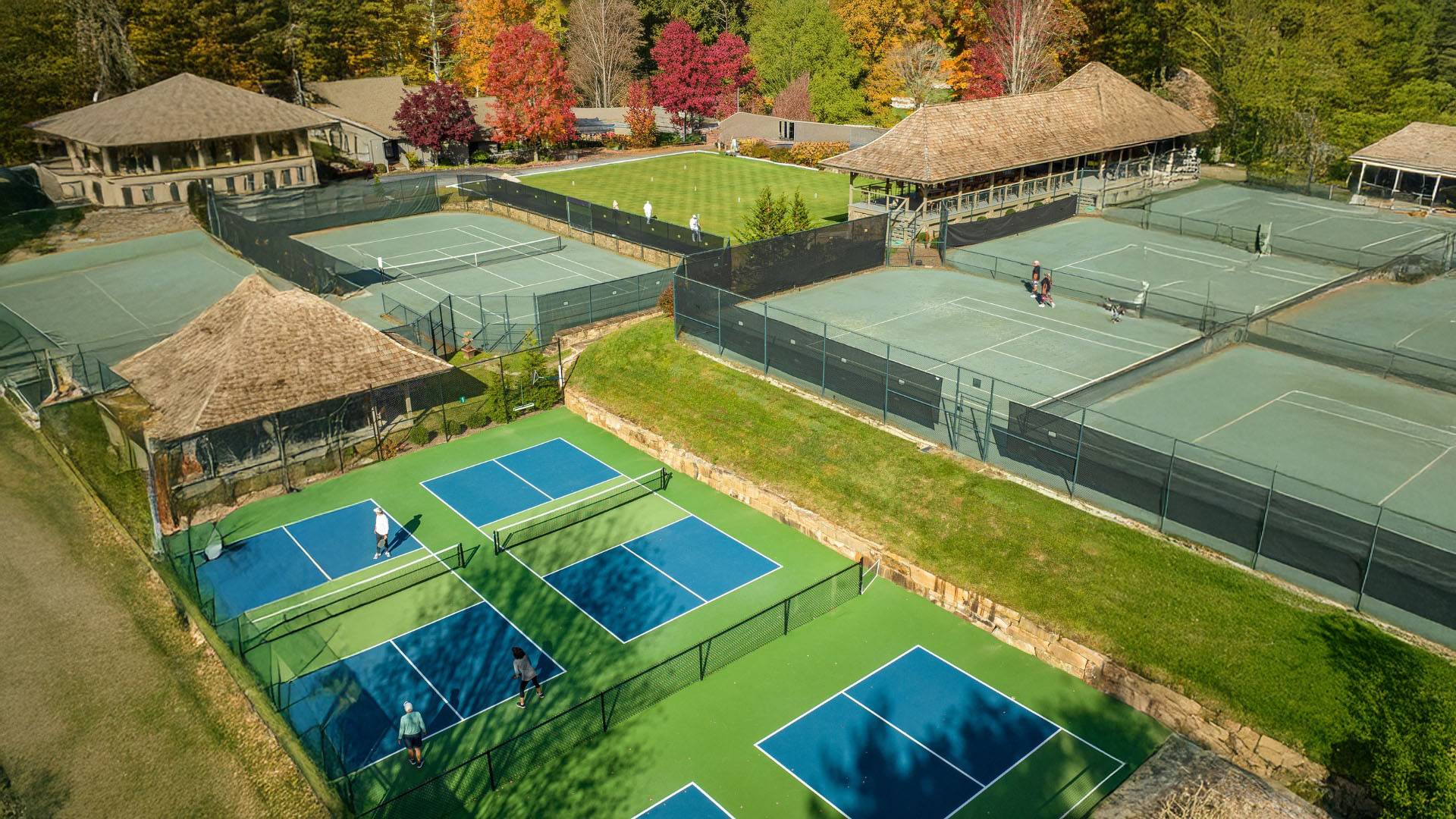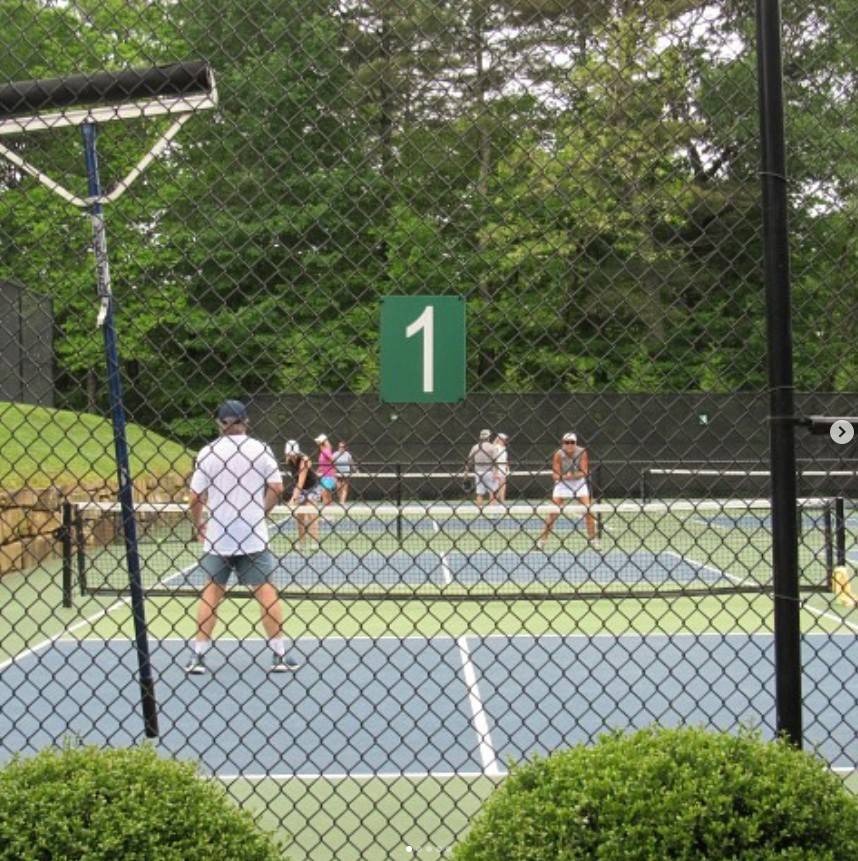Pickleball Strategy: When to Attack and When to Reset
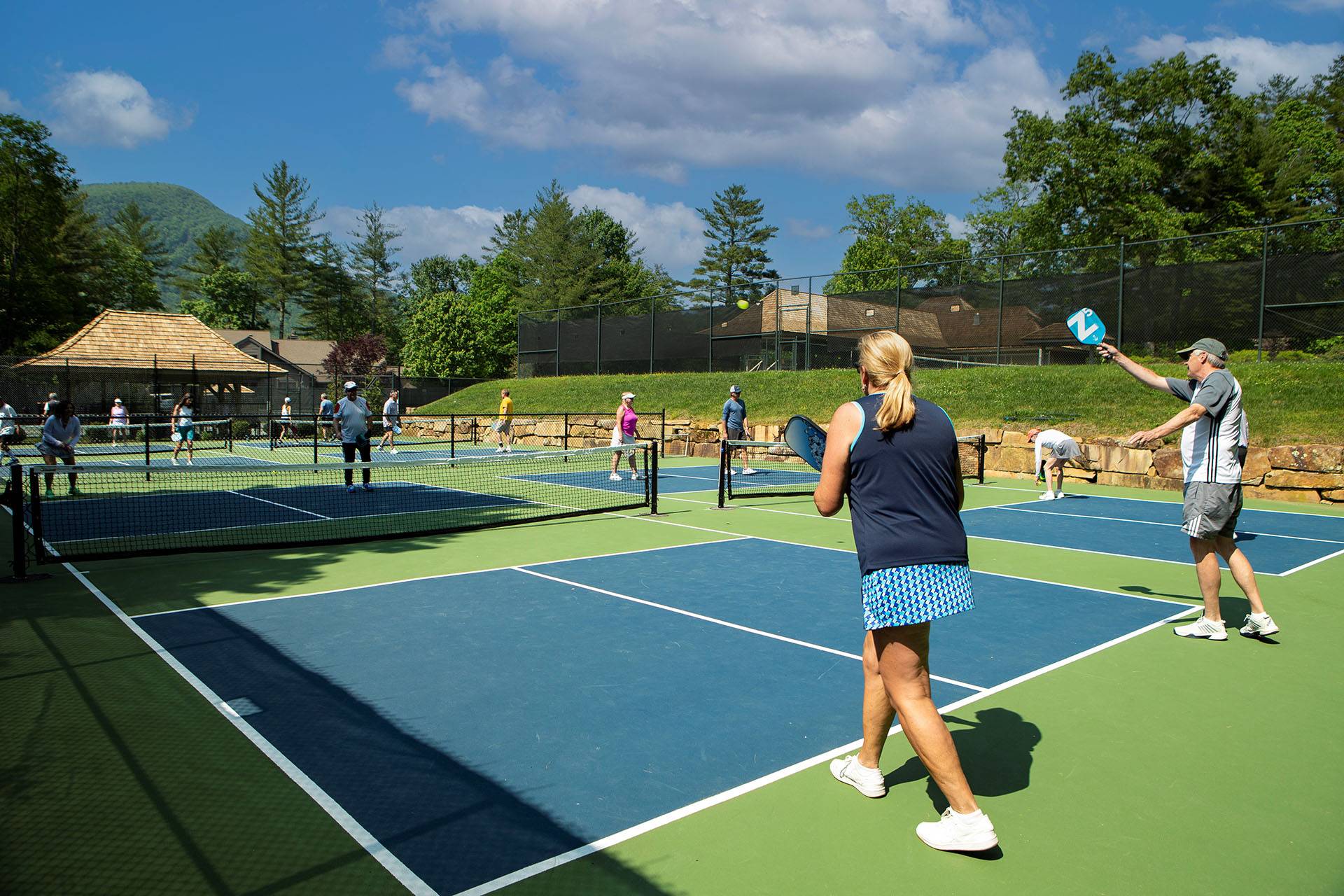
You’ve mastered the basic shots, your dinks are landing consistently in the kitchen, and you’re starting to feel comfortable at the net. But there’s still something missing from your pickleball game. You watch better players and wonder how they always seem to know the perfect moment to go for a winner or when to slow things down and build a point.
The difference between good pickleball players and great ones isn’t just technique. It’s strategy. Specifically, it’s knowing when to attack and when to reset. This tactical awareness separates the 3.5 players from the 4.0+ crowd, and it’s something you can develop with the right approach.
At Burlingame, we see players make this leap all the time on our four courts. The key is learning to read situations, not just react to them.
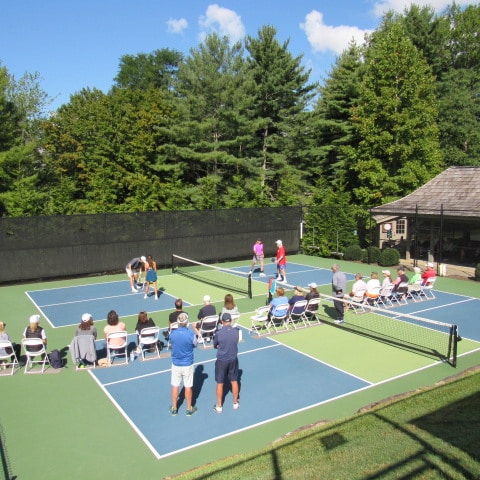
Understanding the Reset Shot
Let’s start with resets because they’re probably the most underused shot in recreational pickleball. A reset is essentially a defensive move that takes pace off the ball and brings the point back to neutral. When your opponents hit a hard shot that puts you in trouble, the reset gets you out of that trouble.
Most newer players think pickleball is about hitting winners. But watch any high-level match, and you’ll see players reset far more often than they attack. They understand that patience wins points more consistently than power.
The reset shot typically involves taking a ball that’s coming at you with pace and softly dropping it into the kitchen. This forces your opponents to hit up on their next shot, which puts you back in control of the point. Think of it as buying yourself time to get back into proper position.
Here’s what many players get wrong about resets: they think it’s admitting defeat. Actually, it’s the opposite. A good reset puts pressure back on your opponents to create their own offense rather than feeding off the pace you give them.
When to Reset Points
Reset when you’re pulled wide and out of position. If a good shot forces you to stretch or run, don’t try to do too much with your return. Get the ball back softly and use that time to recover your court position.
Reset when you’re defending at the baseline and your opponents are attacking from the kitchen line. Trying to drive the ball past two players positioned at the net rarely works. Instead, drop the ball soft and short, making them hit up to you.
Reset when the pace of the rally is favoring your opponents. Some players thrive on fast exchanges where they can use their quick hands and reflexes. If you’re not winning those battles, slow the game down. Make them generate their own pace.
Reset when you’re off balance or caught between shots. If you’re not set properly for your shot, don’t try to do something spectacular. Get the ball back in play and wait for a better opportunity.
The reset is also your friend when you’re facing opponents with better offensive skills. You can’t out-attack players who hit harder than you, but you can make them work for their points by constantly neutralizing their advantage.
Recognizing Attack Opportunities
Attacking in pickleball isn’t about hitting the ball as hard as you can. It’s about recognizing when your opponent gives you a ball you can do something with. The best attack opportunities come when your opponents make mistakes, not when you force low-percentage shots.
Look for balls that come up high. Any shot that rises above the net gives you a chance to hit down, which is always an advantage in pickleball. These might be dinks that don’t drop low enough, returns that float, or defensive shots that your opponent pops up under pressure.
Attack when your opponents are out of position. If one player is pulled wide or if both players are back from the kitchen line, you have open court to hit into. But remember, placement beats power. A well-placed shot to an open area wins points more reliably than trying to blast the ball past players who are in position.
Attack when you’re in control of the kitchen line and your opponents are behind the baseline. This positional advantage means any decent shot you hit will be difficult for them to handle. They have to hit up to you, which gives you multiple options for putting the ball away.
Reading Your Opponents
Smart pickleball strategy starts with watching your opponents, not just the ball. Every player has tendencies, weaknesses, and patterns you can exploit if you pay attention.
Some players struggle with backhand dinks and will pop them up when pressured on that side. Others have trouble with balls hit right at their feet or right between them in doubles. Many recreational players can’t handle pace very well and will give you attackable balls if you speed up the game at the right moments.
But here’s the key: you have to be patient enough to wait for those tendencies to show up. If you know your opponent struggles with low backhand shots, don’t try to hit a winner there immediately. Keep dinking to that spot until they give you the ball you want.
Watch how your opponents move too. Players who are slow to recover after wide shots, or who don’t communicate well with their partner, will give you opportunities if you can move them around the court systematically.
The Patience Game
The hardest part about good pickleball strategy is fighting the urge to end points too quickly. Recreational players often attack balls they should reset, simply because they’re tired of the rally or they think they see an opening that isn’t really there.
Great pickleball players are comfortable with long rallies. They understand that most points are won when opponents make mistakes, not when someone hits an unreturnable shot. This patience allows them to wait for genuine opportunities rather than forcing low-percentage attacks.
This doesn’t mean playing passively. It means being selective. When you do choose to attack, you want it to be from a position of strength against a ball that gives you a real chance to win the point.
Building Points Systematically
The best pickleball strategy combines resets and attacks into a systematic approach to building points. You use resets to neutralize your opponents’ advantages and create opportunities. Then you attack when those opportunities present themselves.
For example, you might reset a hard drive back into the kitchen, forcing your opponents forward. Then you reset their next shot as well, but to a different part of the kitchen. Eventually, one of these resets will create the opening you want: a ball that pops up just enough for you to attack, or a weak return that leaves them out of position.
This approach requires discipline because you’re not going for winners on the first or second shot. You’re building toward the winner by controlling the flow of the point.
Practice Applications
On Burlingame’s courts, you can work on this strategic thinking during both drills and games. Set up practice scenarios where one team can only reset for the first four shots of each rally. This forces you to be patient and look for genuine attack opportunities.
Try rallies where you alternate between attack and reset modes. This helps you recognize the difference between the two and develop better decision-making about when to use each approach.
Most importantly, keep track of what works in your games. If you’re losing points by attacking too early, that’s feedback to be more patient. If you’re missing opportunities by resetting balls you should attack, that tells you to be more aggressive in good situations.
The Mental Side of Strategy
Good pickleball strategy is as much mental as it is physical. You have to stay calm during long rallies and trust that patience will create opportunities. You need the confidence to attack when the right ball comes, but also the discipline to reset when it doesn’t.
Many players struggle with this because they worry about what other people think. They don’t want to look passive or defensive. But remember, the goal is winning points, not impressing spectators. Sometimes the smartest shot is the boring shot.
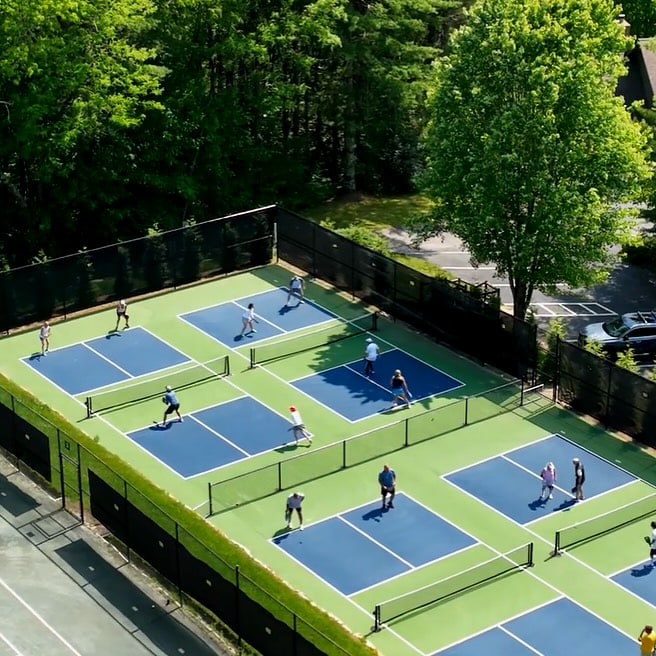
Making It Automatic
Eventually, these strategic decisions need to become instinctive. You can’t be thinking through attack versus reset options while the ball is coming at you. That’s why practice and repetition matter so much.
The more you work on recognizing these situations, the faster your brain will process them during actual play. What feels like a conscious decision now will become an automatic response as your game develops.
Ready to put these strategic concepts into practice? Join us at Burlingame Country Club, where our four premier pickleball courts and experienced coaching staff can help you develop the tactical awareness that takes your game to the next level. Contact us at (828) 966-9200 to learn more about lessons and court time. In addition to pickleball, we also offer insightful workshops that cover the rules of golf for beginners, ensuring that you gain a well-rounded understanding of both sports. Whether you’re a new player or looking to refine your skills, our comprehensive approach will enhance your overall athletic experience. Don’t miss out on the opportunity to elevate your game with personalized instruction and friendly competition.


